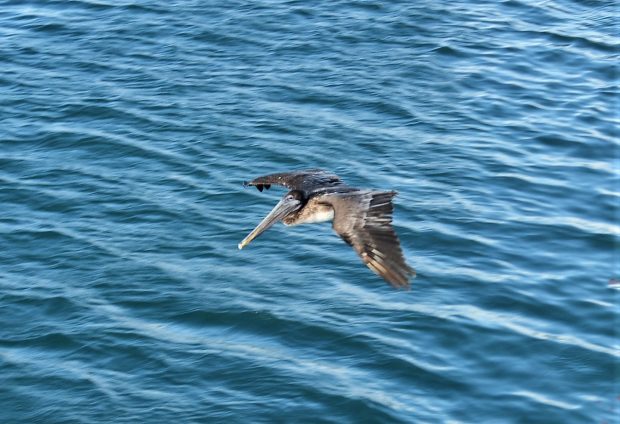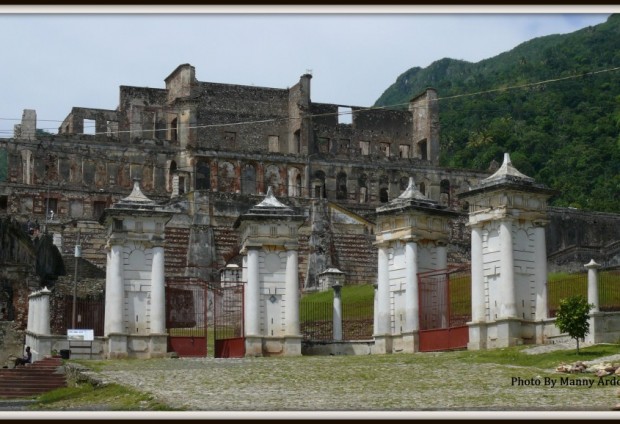Cuba: memories of Havana’s dark days fade as capital of revolution embraces change
A new generation of Cubans never knew Fidel Castro’s glory guerrilla days; with Marxism-Leninism sidelined, they are benefiting from an opening up of the economy and a mood of cautious optimism
-
Hugh O’Shaughnessy in Havana
- The Observer, Saturday 11 January 2014 06.42 EST

Tourists ride a US-made 1957 Chevrolet Bel Air convertible on Havana’s seafront boulevard ‘El Malecón’. Photograph: Desmond Boylan/Reuters
lThere’s a buzz in the air in Havana. Since the new year dawned, economic reforms have been piling up almost daily as the president, Raúl Castro, steps up his attempt to drag his becalmed nation towards modernity and prosperity. In streets and squares across the battered and crumbling Cuban capital, evidence of the reforms is everywhere to be seen.
New things are springing up everywhere. Under the forceful direction of Eusebio Leal, Havana’s official historian, the hauntingly beautiful city, a Unesco world heritage site, is being smartened up with a will. The biggest structure on the skyline, the dome of the Capitolio, erstwhile seat of the Cuban Congress, is being repaired under scaffolding. New, privately owned eating places, paladares, or privately run restaurants such as theCuba-Italia in Calle Cuba, are appearing like magic.
Ancient churches, such as St Francis of Assisi in Old Havana, have been repaired and restored by the state. The new fine arts museum, with perhaps the continent’s best collections of English and Scottish painting, has been remodelled. It also runs the Bar Baco, the best refreshment place in the city, a quiet, sunny spot with views over a shady square.
A mile down the Malecón, the promenade alongside the ocean, Yaigel Roque and Reinier Méndez, two young entrepreneurs, got a licence for a games business. Today they are running paintballing sessions on an old tennis court in the once smart Vedado district. For a few pesos you and your friends can don protective clothing, take air rifles and from behind padded walls pop away at each other with white paint.
Gay bars, once outlawed by Fidel, prosper. You can take your children pony riding in the broad acres and arboretums of Parque Lenin. Accommodation in private houses, once tightly controlled, is cheap, plentiful and bears a government sign.
It used to be a headache, but now it’s easy to change money in the scores of official exchange kiosks. Innovations in recent weeks include the rapid spread of cash machines and the advance of the credit card. You can start as an independent trader in 200 occupations from hairdressing to teaching taekwondo.
Some Cubans are making a lot of money and banks are open to small loans. Consequently, recently authorised car showrooms have no worries in offering a tiny number of small European saloons at the equivalent of more than £130,000.
It’s not at all like the dark days of 1991 when the Soviet Union and the Warsaw Pact disappeared in a puff of smoke and Mikhail Gorbachev ended Russia’s enormous subsidy to the island overnight, leaving the beleaguered economy gasping for survival. Then people did really have to look after their pets lest they were popped into a neighbour’s saucepan. Factories closed, and petrol was unobtainable for all but a tiny group of civilians and a newly miniaturised army – perhaps no more than a fifth of what it had been – left to face US might drawn up just over Cuba’s northern horizon.
Since Washington’s ban on trade with Castro in the early 1960s, the USSR had been buying almost all Cuba’s exports of sugar, nickel and citrus and selling the island two-thirds of its food and 98% of its fuel. People with long memories here still shudder at the thought of what Fidel Castro, in the euphemism to beat all euphemisms, called the “special period”. Then hunger did stalk the land until President Hugo Chávez sold Cuba his Venezuelan oil at cut prices. Hal Klepak, of the Royal Military College of Canada, estimates that the economy shrank by perhaps 50% in the five years to 1993.
Yet today, memories of hunger are fading and the survivors of the guerrilla campaigns of the Sierra Maestra, who fought the failed US invasion at the Bay of Pigs secretly planned by Eisenhower and executed cackhandedly in 1961 by Kennedy, are dying off. In a state that was for long the exemplar of 20th-century Marxist-Leninism, the day of the individual entrepreneur is returning, albeit bound around with serious restrictions.
The present optimism, fostered by a tourism boom, is more sober and measured than anything I had experienced in half a century of visiting Cuba since the end of the 1962 missile crisis, but no less strong. Cubans are facing in 2014 the end of the rule of two octogenarians – Fidel, 87, who came to power in 1959 after leading his guerrillas to victory, and his younger brother Raúl, 82, his successor as president, who has announced he will leave office in 2018 at the end of his present term. The number of registered business people has gone up from 157,000 in October 2011 to more than 442,000 today. The future is much more open, and Raúl is keen to leave his island in the best circumstances to face an unpredictable outlook.
Formally, Cuba is no longer a Marxist-Leninist construction. German Marx and Russian Lenin were dethroned after the extinction of the USSR. The principal guide to strategy is now officially the nationalist example of José Martí. Born in Havana in 1853, he became a hero as a teenager. Arrested at 16 by the Spaniards, whose colony the island then was, for his support of Cuban independence, he was sent to Spain in chains. He eventually died in battle in Cuba in 1895, fighting on a white horse against Queen María Cristina’s forces. The Spaniards were expelled in 1898, though for decades Cubans’ freedom was closely circumscribed by the US.
The change in emphasis from Marxist-Leninism towards Cuba’s particular goals is clearer by the day. Cuban politics are not built on an electoral system. They are authoritarian, grounded on the Cuban Communist party.
Yet both Castros have produced over the decades a system of consultation through seemingly interminable discussions at the local, provincial and national levels. They were aimed at keeping up with the task, vital for the brothers’ political survival, of charting the national mood, among women, for instance, or in the armed forces and other parts of society.
No Cuban leader can ignore the fact that, while fewer and fewer of the population have any direct experience of Fidel’s revolution, Cuban society has become increasingly porous to foreign ideas – despite gigantic efforts to keep the media strictly to the official line. Few will criticise Cuba’s output of marvellous pop music and most support the excellent and entirely free secondary education, whose standards, according to the UN, are very high – below Britain’s, but ahead of those of Finland, Ireland, Spain and the US.
The health service is free for citizens and visitors alike. The recent funeral of Nelson Mandela, attended by Raúl, reminded Cubans of the key role 200,000 of their own troops played in defeating apartheid in southern Africa at the cost of 2,000 dead, while the western powers, Thatcher and Kissinger, sat on their hands. Mandela had already travelled to Havana to give Fidel South Africa’s thanks.
At the same time, few government supporters can with a straight face defend the daily offerings of the party’s newspaper Granma or the somniferous output of Cuban radio and television. Last Wednesday, for instance, Granma carried a story about an attack by criminals on two members of the national boxing team in the town of Camagüey under the heading “A news note from the ministry of the interior”; another announced that the president of Venezuela wanted everyone to work for greater prosperity, a pleasant item but not gripping. Sadly, the media message is shouted at you from ubiquitous advertising hoardings in towns and along the sparsely used motorways – “Socialism is People”, “The changes will strengthen Socialism”, and on and on and on.
Everyone in Cuba, officials, ordinary citizens and visitors alike, knows how longingly the inhabitants want a higher standard of living, better food, an end to widespread slum housing, an improvement in the infinitely small official wages and salaries, with professionals often earning no more than £10 a month, the chance of access to foreign currency for travel …
Changes are indeed coming, but not at the pace that many want.



No comments yet.